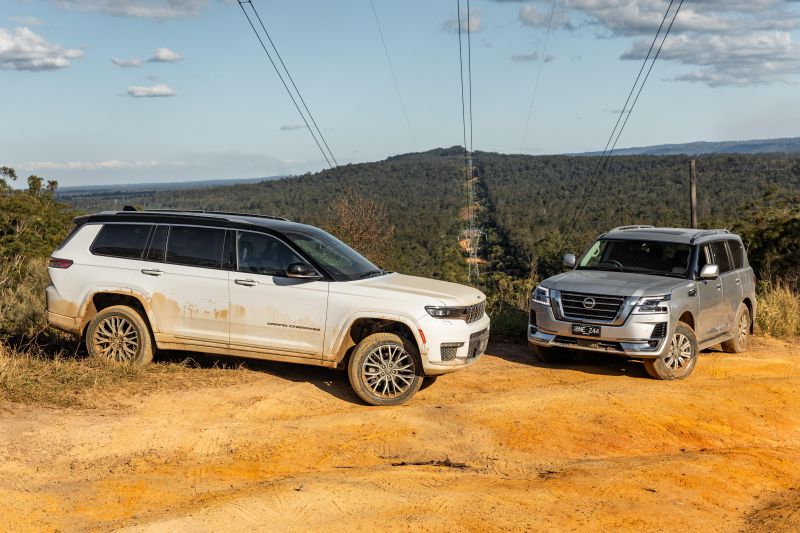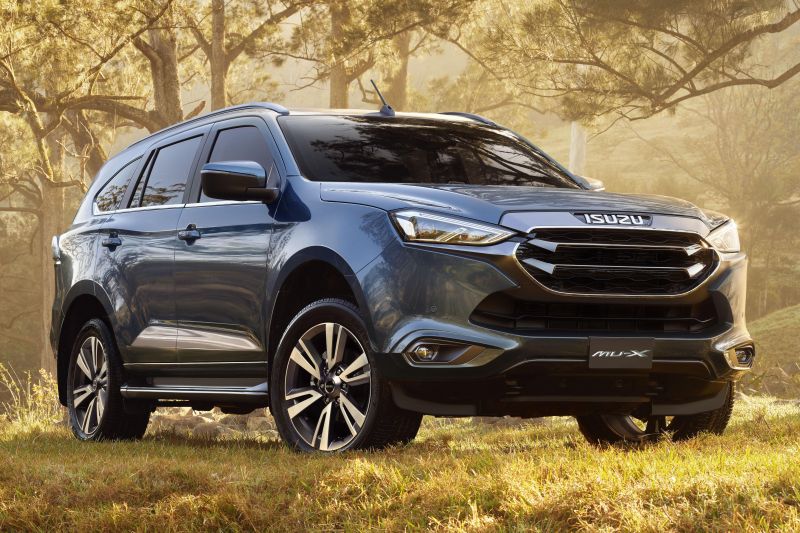The bill for Australia’s proposed vehicle emissions scheme has detailed the scope of changes the Government has made.
The Government had presented a Consultation Impact Analysis earlier this year, with a consultation period afterwards.
The first reading of the New Vehicle Efficiency Standard Bill 2024 took place in parliament on Wednesday, March 27.
The legislation calls for the New Vehicle Efficiency Standard (NVES) to come into effect on January 1, 2025, though Transport Minister Catherine King has said penalties won’t come into effect until July 1, 2025.
If carmakers exceed their CO2 target, the penalty is $100 per g/km – the same as what the Government had called for under its preferred Option B in the Consultation Impact Analysis.
But as Ms King and Climate Change and Energy Minister Chris Bowen announced earlier this week at a press conference, there have been some concessions made after consultation with the car industry.
Vehicle categorisation
While Option B had called for one target for passenger vehicles and SUVs and another for utes, vans and large pickups, the Government has changed what the two categories are.
The Type 1 category now consists of MA (passenger cars) and MB (people movers) vehicles, plus “light off-road passenger vehicles”.
The Type 2 category consists of NA (light goods) and NB1 (medium goods) vehicles, as well as “heavy off-road passenger vehicles”.
This means this category still includes utes, vans and large pickups, but now includes larger SUVs.
The Government says a “heavy off-road passenger vehicle” is an MC-category vehicle with a rated towing capacity of three tonnes or more, and features body-on-frame construction.
This means vehicles like the Toyota LandCruiser, Ford Everest and Isuzu MU-X meet this definition, and are therefore included in the Type 2 category – which will make it easier for those brands to meet their CO2 targets.
As for what a “light off-road passenger vehicle” is, the Government simply says it’s an MC-category vehicle that isn’t a heavy off-road passenger vehicle.
Vehicles with a gross vehicle mass exceeding 4.5 tonnes aren’t covered under this scheme.
The bill says the Transport Minister can, by legislative instrument, give a vehicle Type 1, Type 2 or exempt vehicle status, but these determinations must be made at the start of a year and be registered on the Federal Register of Legislation.
Emissions targets
The Government has kept the overall emissions targets for passenger vehicles the same over the 2025-2029 period.
| Year | Type 1 limit (g/km) | Type 2 limit (g/km) |
|---|---|---|
| 2025 | 141 | 210 |
| 2026 | 117 | 180 |
| 2027 | 92 | 150 |
| 2028 | 68 | 122 |
| 2029 | 58 | 110 |
However, it has adjusted the CO2 targets for Type 2 vehicles. For 2025, the target for Type 2 vehicles is actually more favourable than the Government’s lenient Option A proposal, though otherwise it’s tougher.
Compared to Option B, however, it’s less stringent. This option had called for g/km targets of 199, 164, 129, 94 and 81, respectively.
Break points
Break points are points on the fleet limit curve that are “flattened out”, which the Government says can help put a limit on how much the curve helps out heavier vehicles.
In its proposed Option B, the Government had called for a lower break point of 1500kg for all vehicles, with an upper break point of 2000kg for passenger vehicles and 2200kg for light commercial vehicles.
Numerous carmakers had called for the changing or outright removal of break points, with the Federal Chamber of Automotive Industries (FCAI) arguing they distort the curve for vehicles above a certain weight and disproportionately target carmakers with heavier vehicle fleets.
The Government has kept the lower break point the same, but Type 1 vehicles now have an upper break point of 2200kg and Type 2 vehicles have an upper break point of 2400kg.
Credits
If a company beats its CO2 target for a particular year, it will receive credits. How many it receives is based on how much it has beaten the target.
These credits can be used in a subsequent year to help it meet its CO2 target, and companies have three years in which to use them.
Electric-only brands like Tesla can trade their credits with other brands to help them reach their emissions target.
The legislation doesn’t make any mention of off-cycle or super credits, which some carmakers had called for.
Off-cycle credits would see carmakers receive credits for technologies that may result in a reduction in emissions that mightn’t be detected in emissions testing, while super credits would see low- or zero-emissions vehicles be counted as multiple vehicles to help offset higher-emissions vehicles in a brand’s lineup.
MORE: All our coverage on the New Vehicle Efficiency Standard
MORE: What lobby groups think of Australian Government’s revised emissions regulations




